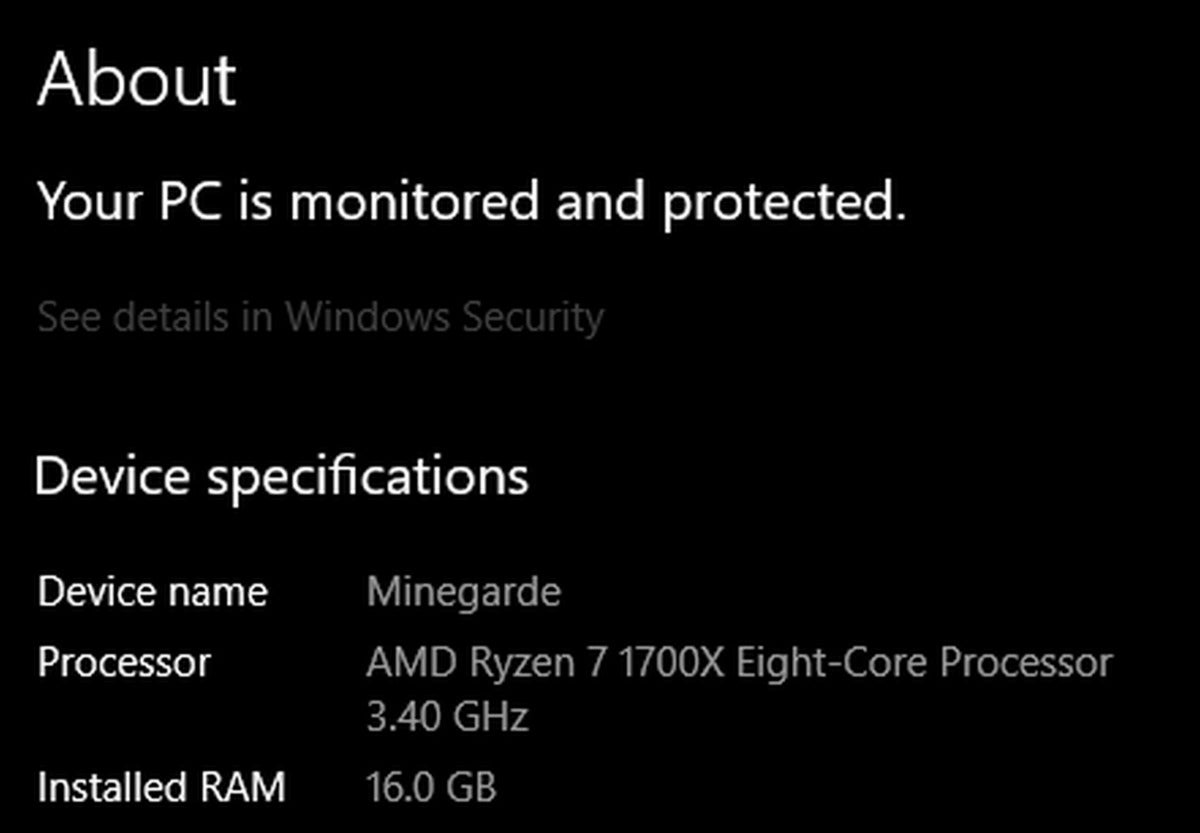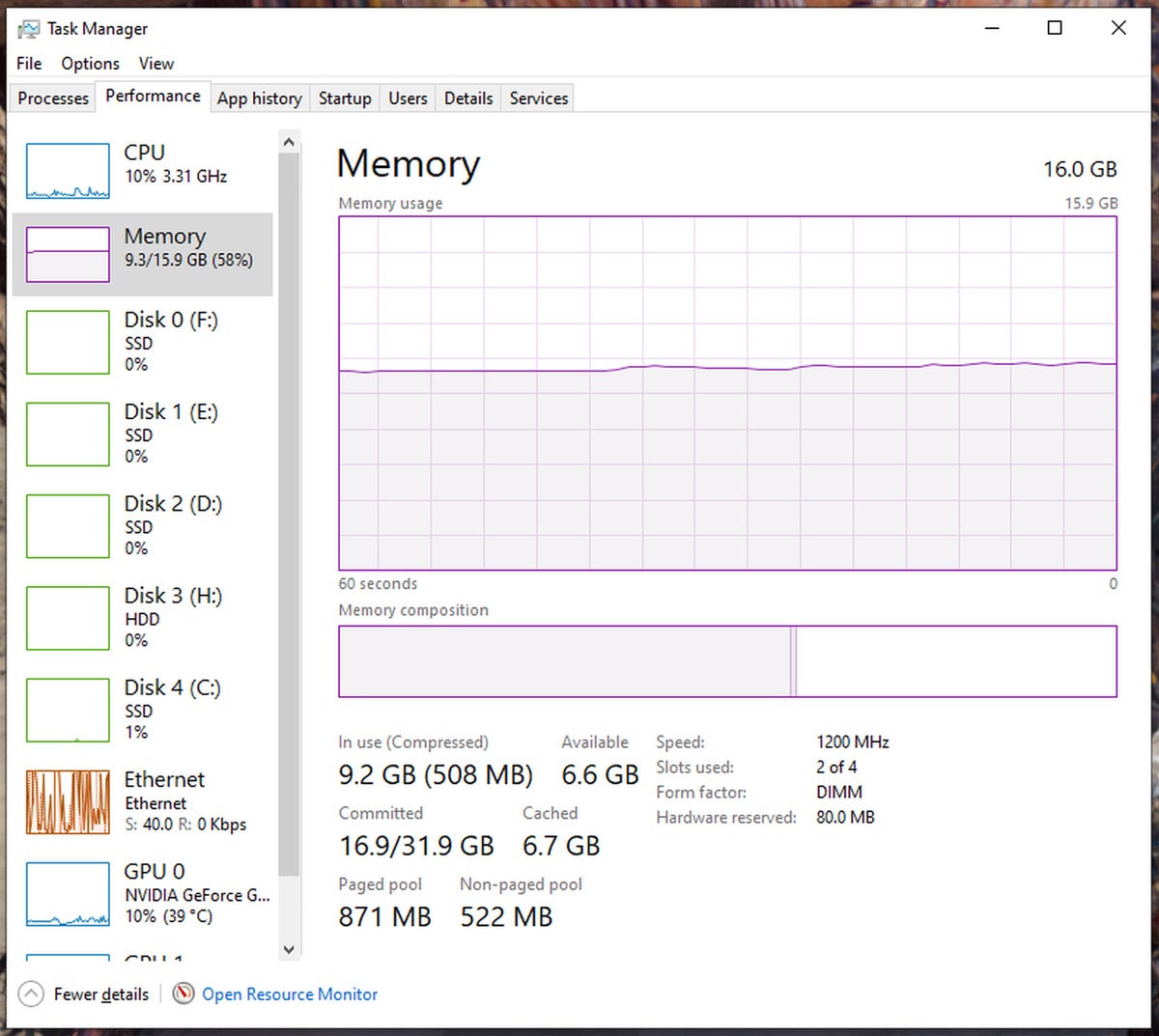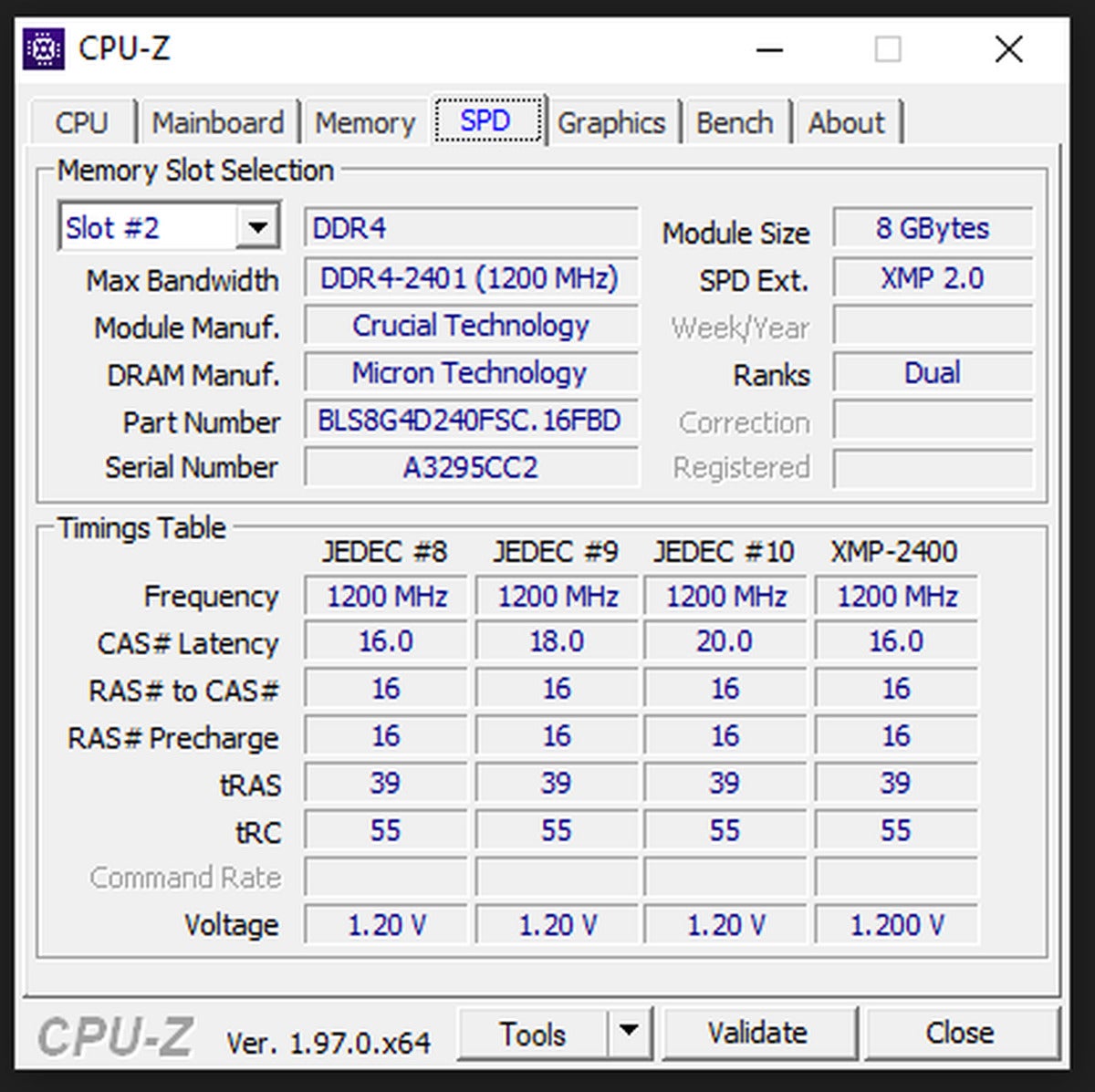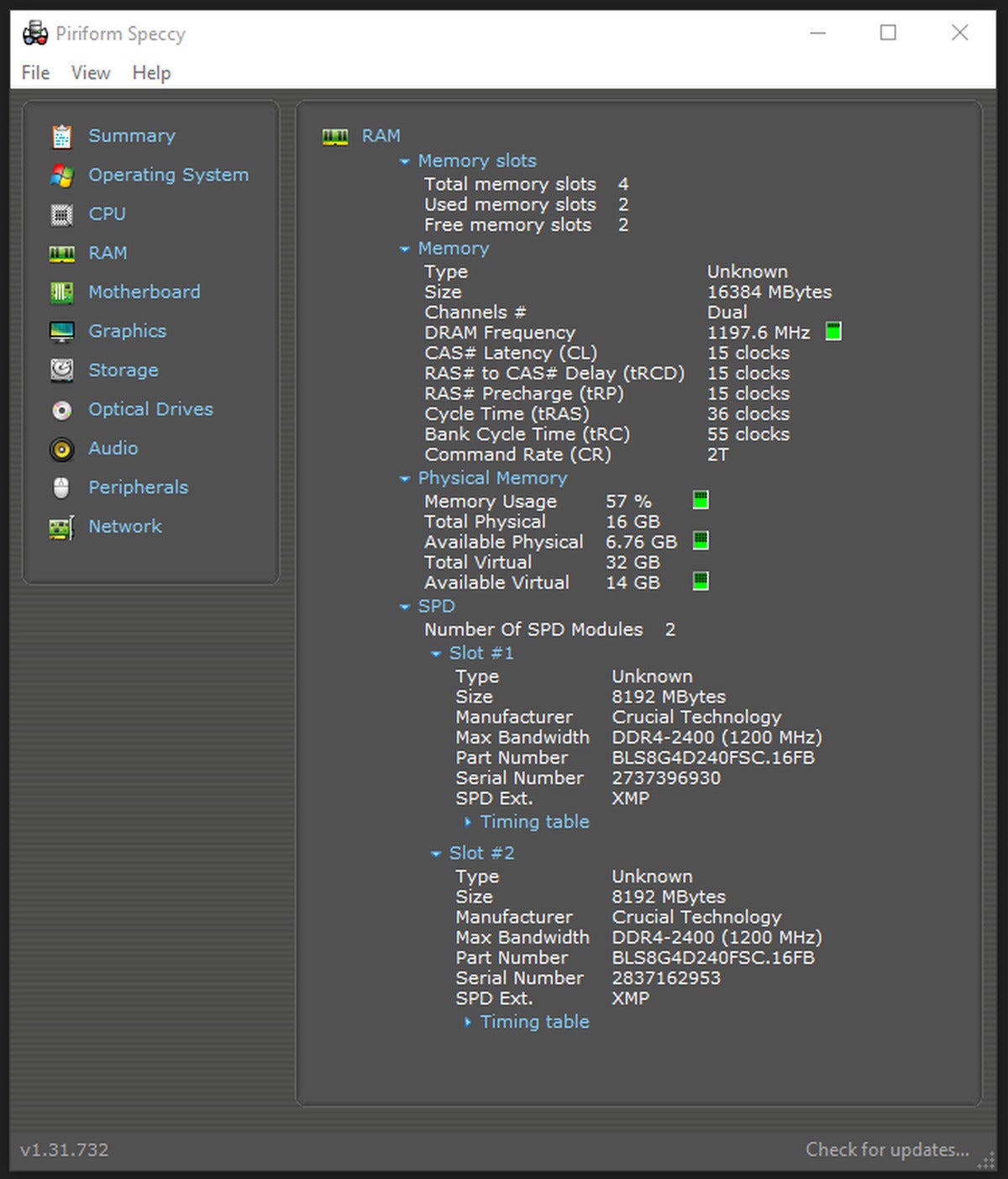How to tell what kind of RAM you have

 Image: Corsair
Image: CorsairFor a very long time, the most common path to improving your PC’s performance has been through upgrading the RAM. RAM stands for “random access memory” and it’s effectively the component of your PC that is keeping track of what your computer is currently working on. When RAM is limited, your PC has to keep that current information stored somewhere else, which can dramatically slow down your workflow and load times. This is particularly notable in computationally heavy projects, such as video encoding and high-quality art creation.
Whether you’re looking to upgrade or you’re looking to harvest the RAM from one PC to use in another, it helps to know what kind of RAM your system is using. That’s doubly true now that Intel’s 12th- and 13th-gen motherboards can use either DDR4 or DDR5 RAM, and AMD’s Ryzen 7000 processors made the switch to DDR5. There are a handful of ways to figure that crucial information out!
Further reading: The best gaming motherboards
In Windows 10 and 11
You can find basic information about your RAM through your system’s About page and through the Performance tab on your Task Manager.

Here are two simple methods to access the About page:
Press the key combination Win + Pause/BreakType “About your PC” in the Windows Start menu search

To access the Task Manager, here are three simple options:
Press the key combination Ctrl + Shift + EscapePress the key combination Ctrl + Alt + Delete and select “Task Manager”Type “Task Manager” in the Windows Start menu search
These two methods will provide you with the most simplistic view of your PC’s RAM information, primarily showing how much RAM you currently have, along with some RAM speed information. If this isn’t enough information for what you’re looking to do, then you may want to check out the Windows Management Instrumentation command-line utility, or wmic.

In order to use wmic, you need to open a Command Prompt window, which is quickly done by typing “cmd” into the Windows Start menu search. Once there, you can use a “wmic MemoryChip get” command to typically pull up the information you’re looking for.
You can find a comprehensive set of properties to include on your “wmic MemoryChip get” command here, but the following should cover the practical bases for most RAM identification needs:
wmic MemoryChip get MemoryType, Capacity, Speed, Configuredclockspeed, DeviceLocator, FormFactor, Manufacturer, Serialnumber, Partnumber
This will provide a table with the following information, if it’s available:
MemoryType will report back a number that aligns to a particular “type” of RAM module. 20 means it’s DDR memory. DDR2 is 21. DDR3 is 24. DDR4 is 26. Sometimes, this may show a 0. If so, you’ll want to use “SMBIOSMemoryType” instead.Capacity will show the raw byte value of the RAM’s memory capacity, so something like 8,589,934,592 will be for an 8GB RAM module.Speed is the supported memory speed value that your RAM module indicates it can support, which is typically anywhere between 800 and 3200.Configuredclockspeed relates to the speed at which your RAM is currently configured to be running at.DeviceLocator will tell you which physical slot the RAM module is plugged into on your system’s motherboard.FormFactor is the physical shape type of the RAM module. This will typically be the number 8 for DIMM modules found on desktop PCs or the number 12 for laptops’ SODIMM forms.Manufacturer indicates an identified manufacturer of the RAM module. This may show up as Unknown sometimes.Serialnumber will give you the hardware serial number for that specific stick of RAM, which is typically only relevant when dealing with the manufacturer for troubleshooting purposes.Partnumber provides the manufacturer’s model number for that particular RAM module, which can be very useful with the help of a Google search to identify the RAM stick you have and whether or not you can buy it again.
Additional software options
Much of the above information is also available with the help of some third-party software, such as CPU-Z and Speccy.

In CPU-Z, you’ll want to use the “Memory” and “SPD” tabs to see information about your RAM. Memory will show you memory type and current frequency information. The SPD tab, which stands for “serial presence detect,” provides information related to the RAM modules themselves including the manufacturer and part number information.

In Speccy, you’ll want to go to the “RAM” view from the left menu. In there, you should find virtually all of the RAM and memory information you’d need. You may need to expand the “SPD” drop-down in order to get more specific information about the RAM depending on what you’re trying to find.
In Linux
You can find virtually all of the information shown above via your Linux terminal by using the following command:
sudo dmidecode —type memory
This should provide a sorted list of information about your memory devices, aka your RAM, including size, types, and manufacturer information.
Physical RAM module
Most consumer RAM modules will come with a label to identify the type of RAM it is. Typically, these labels will either be a sticker applied directly to the stick of RAM, engraved onto the fancy heat spreader on higher-performance modules, or may be printed directly onto the circuit board. In these cases, you’ll typically find the part number, which you can then look up with your favorite search engine to figure out the rest of the specs. If you can’t locate a label or identifier anywhere, then it may be prudent to use one of the methods described above instead.
These options should help you figure out what RAM your PC is using. If you’re looking to upgrade, be sure that you’re getting the same type and form factor of RAM, because you can’t directly swap out DDR3 for DDR4 RAM without having to also replace your motherboard. For more information on upgrading RAM, see our guide on how to install new memory in your PC.
Author: Kevin Casper
Recent stories by Kevin Casper:
How to choose the right RAM for your PC




